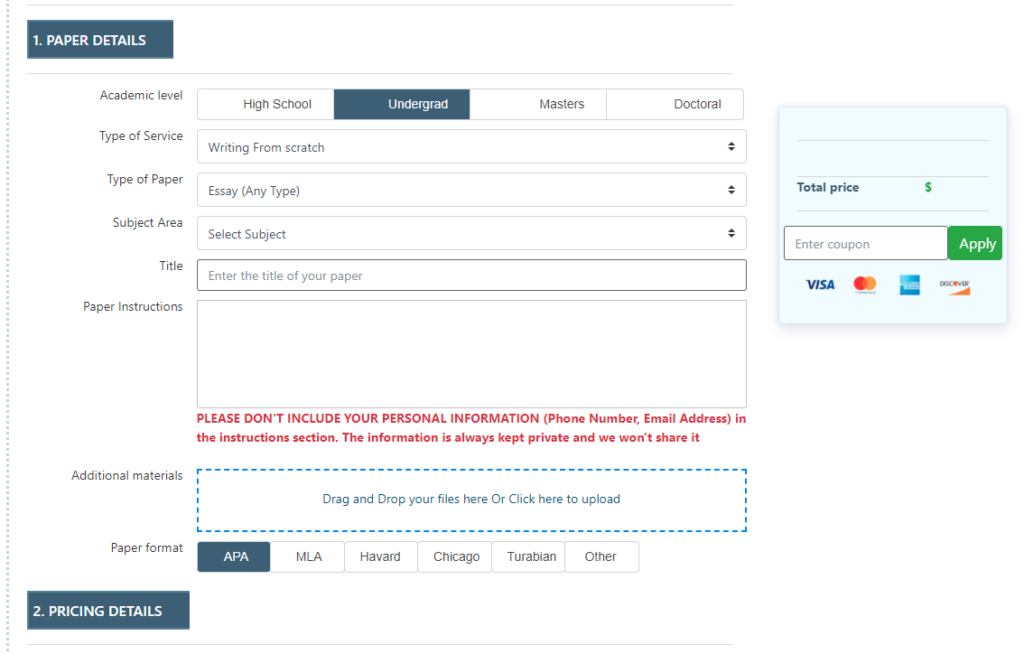1. What is a mutant screen? What is it used for?
2. How does a restriction enzyme “know” where to cut?
3. How does the length of the recognition site determine the length of the DNA fragments produced by the restriction enzyme (frequency of cutting)?
4. How do restriction enzymes and ligase allow us to generate recombinant DNA?
5. How does the process of electrophoresis allow us to determine the size of DNA fragments?
6. What is the most common method for visualizing DNA on a gel?
7. How are Southern Blots, Northern Blots and Western Blots similar? How are they different?
8. What is a probe? How is it used?
9. Define: Recombinant DNA, GMO, Molecular laIDer (size standard),
10. What is cloning?
11. What are the necessary parts of a cloning vector?
12. How do restriction enzymes and ligase allow us to clone fragments of DNA?
13. How are cloning vectors then put into bacteria cells?
14. How do we know if the bacteria cell has the vector? How do we know if the vector contains the insert?
15. How is a cloning vector different from an expression vector?
16. How does a Eukaryotic gene have to be modified before being expressed by a bacteria cell?
17. Define: transformation, X-gal, Ti plasmid,
18. How is PCR similar to cloning? What are the advantages to PCR over cloning?
19. What are the components of a PCR reaction?
20. What are primers? How do they specify which segment of DNA is going to be amplified?
21. If we don’t know the exact sequence of the gene, then describe 2 ways in which we can still use PCR to amplify that gene?
22. What are the 3 steps to a PCR reaction? What happens to the DNA at each step? 23. How are they different in temperature?
24. How can PCR be used to identify if a patient has the H1N1 virus?
25. How is a DNA library generated? Why is this the 1st step in whole genome sequencing?
26. How is a cDNA library generated? How is it different?
27. Would you want to do whole genome sequencing from a cDNA library? Explain why or why not?
28. Define: Taq polymerase, degenerate primers, qPCR, Genomic Library, positional cloning, chromosome walking.
29. How does RFLP reveal difference in DNA sequences between individuals?
30. How is AFLP like RFLP? How is it different?
31. What is a microsatellite maker?
32. How is a microsatellite locus defined (what determines specificity)?
33. How are microsatellite markers scored (what are the alleles)?
34. Why are microsatellites codominant markers?
35. What are the advantages and disadvantages of using RFLP, AFLP, and microsatellite markers? If you don’t know any sequence information for the organism, which marker do you want to use?








